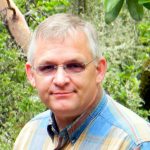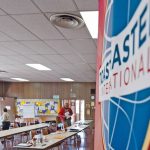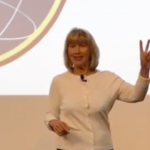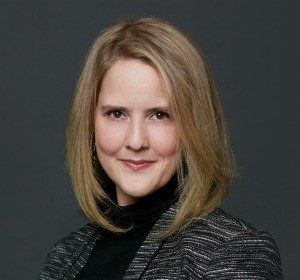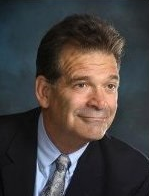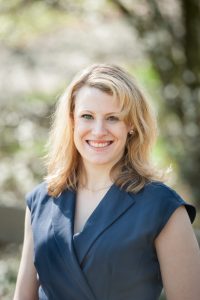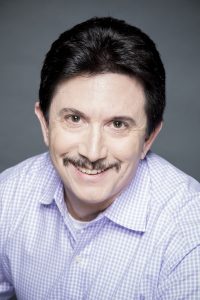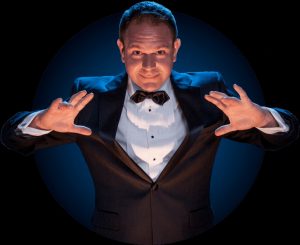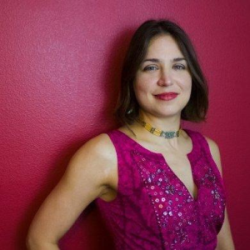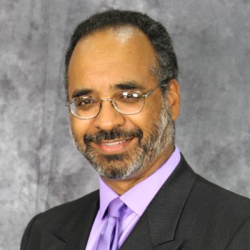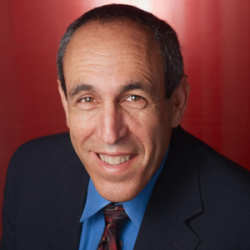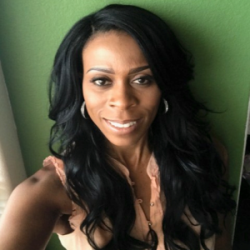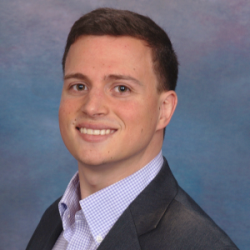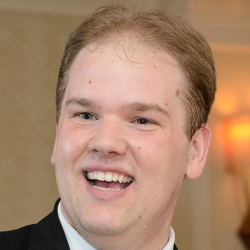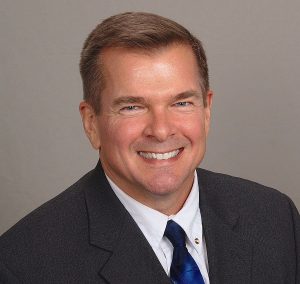Every month, we will be putting out a newsletter with information about what is happening in District 57, tools for success, club member spotlights, and more. Look out for the Toast Post newsletter in your inbox!
Check out the last few editions here:
We are enhancing the monthly district newsletter to include contributions from members of the district. Want to contribute? Click Here for the Newsletter Submission Form!
Scroll down to read this month’s submissions.
_________________________________________________________________
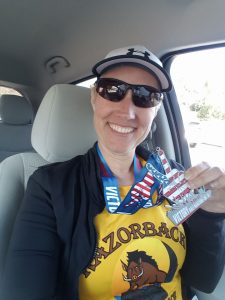 Club Member Spotlight: Tabatha Butler
Club Member Spotlight: Tabatha Butler
I’m Tabatha, a mother of two, an employee of the State and a running coach and enthusiast. As a mother of two, I have put much of my energy into them. They’re growing up and I have discovered it’s time to do something for myself.
Working for the State for over 17 years, it’s time to promote and share my knowledge with others. Which leads me to what I have decided to do for myself. Over the past several years I have found ways to make positive changes in my life and to live to my life to the fullest.
I am currently working on getting a promotion at work, and though I helped to get the Healthy Toasts Club at the California Department of Public Health going six years ago, I had stepped away for a many of those years. I recently re-joined and have taken on more challenges, stepping outside my comfort zone by taking on the Co-Chairperson of Room Monitor at Toastmasters Leadership Institute, which was a lot of fun and allowed me to use my organization skills to help, making everyone’s job easier.
I also challenged myself in the Table Topics Contest, winning in our Club and our Area Contests. I have learned that in order to grow as a person, you have to put yourself in uncomfortable places. I have run numerous races, including a couple of full marathons and an ultra-marathon of 50k, putting all of my training and effort into these races.
However, without Toastmasters, I would have never thought that sharing my experiences with other Toastmasters members, and helping to give my support to those who are also trying to better themselves, my mind wouldn’t be able to be pushed from outside my comfort zone, and being a better person and potential supervisor.
Tabatha Butler
_________________________________________________________________
 Are Club Meetings Enough? by Nathan Woods
Are Club Meetings Enough? by Nathan Woods
The bedrock of a Toastmaster’s journey is the club meeting. For many, it is where we discover the confidence to share our voice and our story with the world. But is the club meeting enough?
What does it take to “empower individuals to become more effective communicators and leaders?”1 In our club meetings we give prepared speeches in a supportive environment. We provide constructive evaluations to one another and we learn by doing. It is a safe and supportive place where we can grow. But is there something missing?
We use standard educational paths and work on specific skills in a specific order. There are excellent written materials and there’s always an experienced member who is happy to answer questions. There can be no doubt, the club meetings offer you the tools for success. But is there more?
A quick internet search displays courses, seminars, and one-on-one coaching to improve my leadership and communication skills. The American Management Association offers a one day presentation skills workshop for over $1,245.2 Dale Carnegie has a seminar specifically for overcoming the fear of public speaking for $1,795.3 Clearly there is a market for this kind of training. Does Toastmasters offer instructor led education?
Yes we do! In fact, many of us take advantage of the offer every year. The 2017 Spring Conference is your chance to join us. In addition to our keynote speaker, Lark Doley,4 we can choose from breakout sessions to strengthen the skills we need most.
Being a non-profit organization allows us to offer prices businesses simply cannot. Thanks to the tireless efforts of volunteers and corporate sponsors, your out of pocket is held to $100 ($110 same day).5
Join us and bring something back to make your whole club richer!
SPRING CONFERENCE TICKETS NOW AVAILABLE. PURCHASE THEM HERE!
Nathan Woods
Peterson CAT
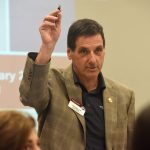 How About Pathways? by Steve Taddei, DTM, District Director
How About Pathways? by Steve Taddei, DTM, District Director
Greetings Toastmasters,
What’s new and exciting with District 57 Toastmasters? How about Pathways?
Pathways came to District 57 in early February, revitalizing our entire education program. Have you logged on and taken your Pathways assessment? I took mine and was referred to the Persuasive Leadership Path which will not only help me in my sales career, it will help me grow in my volunteer activities, and other personal endeavors. Last night I jumped onto the path, delivering my Icebreaker to my friends at Island City Toastmasters. For me it’s a fresh start with new projects. I’m truly jumping out of my comfort zone.
Early reports are showing that for good reason, our members are embracing pathways. There’s something for everyone. If you’re a new member, Pathways welcomes you into Toastmasters by providing a program that’s tailored to your goals. If you’re a veteran member, you can build on your experience by taking your Toastmasters experience journey into an entirely new direction. If you’re a Toastmasters veteran who isn’t sure how you want to approach Pathways, mentor a new member. Let them benefit from your wisdom while you’re getting the feel for Pathways. With Pathways, there are endless possibilities!
I’m looking forward to seeing a lot of you at upcoming speech contests and on May 6 at the Spring Conference. Those will be great opportunities for us to talk about your goals and experiences with Pathways.
Now’s your time!
Wishing you all the best,
Steve Taddei, DTM
District 57 Director
________________________________________________________________________
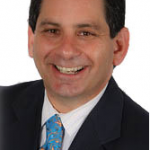 VERACITY! Truth or Consequences in Speaking and Writing By Craig Harrison DTM
VERACITY! Truth or Consequences in Speaking and Writing By Craig Harrison DTM
But I Read It In A Book
We’ve been conditioned to believe that which we read in books and newspapers or see on television. After all, there are writers and editors, fact-checkers and producers, all charged with ensuring they’re delivering the truth. And yet, so much of what we read, see or hear isn’t the truth. Oftentimes, the retractions, clarifications and corrections found later in the fine print confirm this sad fact!
As speakers we must strive to always speak the truth, to be accurate, honest and precise in our pronouncements. Our credibility is derived in part by the veracity of our words, speeches and stories.
The Magnification of Mistakes
When we misuse a word, misquote someone else or misrepresent the facts from the lectern, the damage is magnified. We’re passing along incorrect information to dozens, hundreds or even thousands of people at a time if our words are recorded or broadcast. That’s why the meeting roles of Wordmaster, Grammarian and our Speech Evaluator are so important in our meetings…to correct our mistakes immediately. How do we undue the damage done when we misspeak, utter falsehoods or unintentionally misrepresent the truth? Indeed, how does one un-ring a bell?
The Privilege of the Platform
Certified Speaking Professional Naomi Rhode, a Past President of the National Speakers Association, speaks passionately about The Privilege of the Platform, her presidential theme from 1993-94. Rhode, also a past president of the Global Speakers Federation, explains: “When we walk on the platform we walk on holy ground. We’ve been chosen to share our message.” She explains that the focus is not on us, but on benefiting our audience, who will in turn shape their world.
“With this privilege of the platform comes a responsibility. We can deeply impact our audience for positive change,” Rhode reminds us: “We’ve been chosen, not to build our bank account, but to change the world for our listeners.”
Twenty years after her presidency Naomi’s theme The Privilege of the Platform continues to resonate with her peers in the National Speakers Association, and beyond. She’s received the highest honors from her association: The Cavett Award and a Council of Peers Award of Excellence for the enduring impact she has had worldwide. And she’s spoken to thousands of Toastmasters as the opening keynote at Toastmasters’ International Convention.
Rhode continues: “We all have platforms. Parents have an immense platform…molding the next generation.” Whether you speak from a podium, dais or lectern, or on a factory floor room or kindergarten classroom, you have a platform; make the most of this privilege to positively impact your listeners.
Do Your Homework: How to Ensure Veracity
As speakers we should all conduct research, corroborate stories we’ve heard second-hand, and check our facts before speaking from the platform. It’s our responsibility to know that everything in our speech is factually correct. Ignorance is no excuse. Whether our data is gleaned online, at the library or by telephone, it’s worth the extra time, effort and research to be 100% accurate.
Journalists and speechwriters know (from experience) that facts need to be checked and re-checked. If assertions can’t be corroborated by multiple, additional independent sources they may not indeed be factual, nor worthy of publicizing, whether in print or live.
Uncorroborated facts in the media have resulted in premature or inaccurate death notices, announcements of resignations, firings, marriages and divorces, erroneous election results, spurious sports trades and more. The power and immediacy of the Internet only hastens the speed with which errors and inaccuracies can span the globe, taking on a life of their own. In the rush by competitive media to break stories first, they at times are guilty of rushes to judgment.
Credible Trumps Incredible!
You want to be believed. Errors, misrepresentations or embellishments will undercut your credibility — in the present and future. We’ve seen in courtrooms how the entire testimony of expert witnesses is dismissed when any one thing he or she has said has been discredited as false or inaccurate. Build an impeccable reputation for veracity!
Rumors, Gossip and Falsehoods
An old Yiddish tale describes well the dangers of spreading gossip, falsehoods and uncorroborated information. A gossip asks her Rabbi how to undo the damage done from gossiping. Her Rabbi tells her to take a pillow to the edge of a nearby bluff, split it open and scatter the feathers into the wind, before returning to him. Upon her return, the Rabbi now tells her to retrieve all the feathers. “But that’s impossible! I can’t possibly find them all or where they’ve blown” she complains. “Precisely!” responded the Rabbi.
Once the falsehood has left our mouth we can’t control who hears it, who repeats it, who they tell and to whom they in turn tweet or transmit said information. A subsequent retraction cannot undo the damage done. Hence the reverence with which we speak of the privilege of the platform, and the care we take to speak the truth. Veracity is vital to our credibility, and that of our listeners, who often hang on every word we espouse.
The Power of Words
We’ve seen that words can start wars, dissolve marriages, lead to firings and so much more. Their misuse can slur images, sully reputations and irrevocably mar brands in the marketplace. As speakers and writers, we must take care to use the right words at the right time. Make your Thesaurus your friend. Just as the boy who cried wolf one time too many was no longer taken seriously, we must protect our reputation through accurate speech-writing and speech-making. Eschew alternate facts for the plain ‘ol truth!
Right Speech
Like the careful carpenter who measures twice and cuts but once, make sure you take the time to double-check your facts, quotes and other key parts of your communication — whether in print or in speech. While we all make mistakes from time to time, you should strive for veracity in all your communications. Intention matters!
The British lyrical poet and philosopher Samuel Taylor Coleridge (1772-1834) reminds us: “Veracity does not consist in saying, but in the intention of communicating the truth.”
Buddhism challenges its adherents to engage in right speech: to avoid lies, divisive speech, harsh speech and idle gossip. One of the Judeo-Christian Ten Commandments states plainly: Thou Shall Not Lie! Islam orders its adherents to tell the truth publicly and privately, even if it is against its teller.
To The Best Of Your Ability…Tips for Truthfulness and Accuracy
Both in speech and in print, be careful of taking shortcuts. When you hear something second-hand, search for the original source. When you quote someone, confirm the quote is accurate by verifying it with a second reputable source. Review your speeches and writing for ambiguities that could lead to misunderstandings or misimpressions. Strive to communicate so as to avoid listeners and readers drawing erroneous impressions or conclusions from your communications.
Many writers, speech writers and speakers use a proof-reader, fact-checker, editor and sometimes even a small focus group or review team to scrutinize findings and run speeches, articles, essays or columns by. Does it pass the “smell test?” If something smells funny to your review team, that’s an indication your speech or writing needs more clarification, organization, refinement or research.
Another way to bolster your pieces is to cite studies, cases, laws or other established and generally accepted findings to strengthen your own arguments, claims or assertions. Give your readers and listeners confidence in your message through these measures. Veracity is your goal.
Truthfully, what standards will you apply to your speaking and writing? Let’s be voracious in our appetite for veracity!
Copyright © 2011-2017 Craig Harrison. All Rights Reserved.
Permission granted to District 57 Toastmasters to publish this article.
Professional speaker Craig Harrison DTM, PDG once won District 57’s Tall Tales Contest. Today the founder of www.ExpressionsOfExcellence.com teaches courses on credibility in the workplace for the University of California Santa Cruz Extension of Silicon Valley, California. Visit www.SpeakAndLeadWithConfidence.com for more resources for speakers and leaders.



